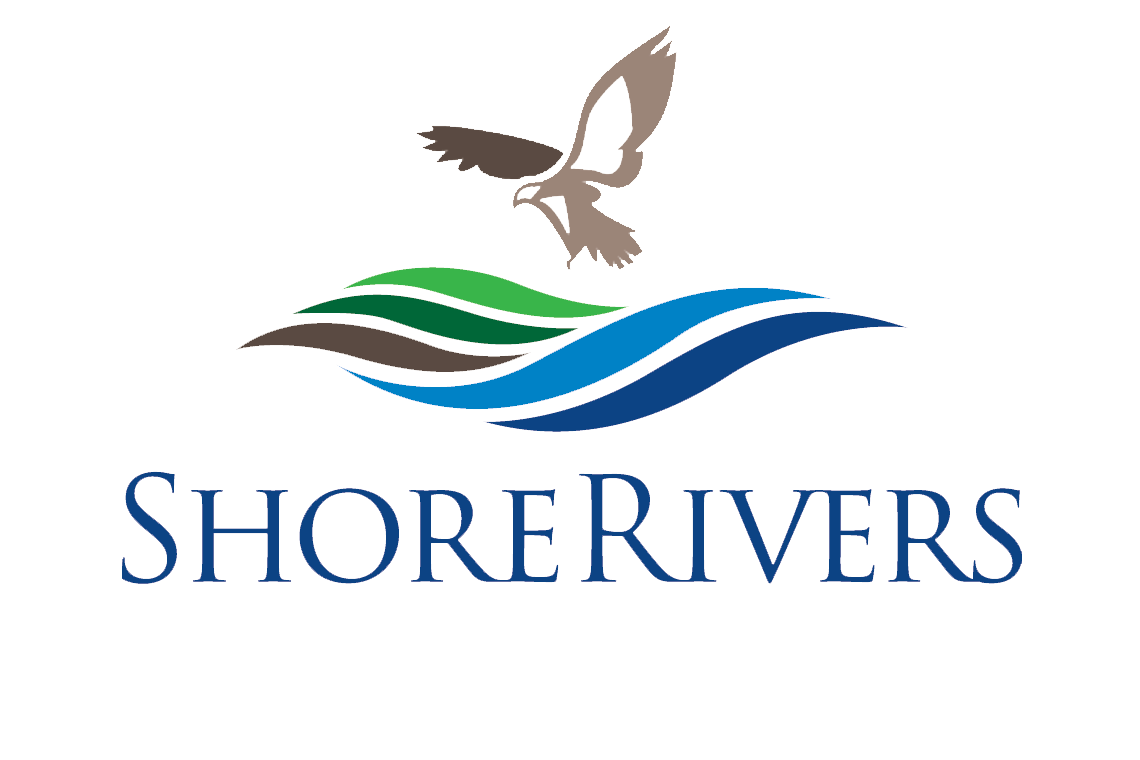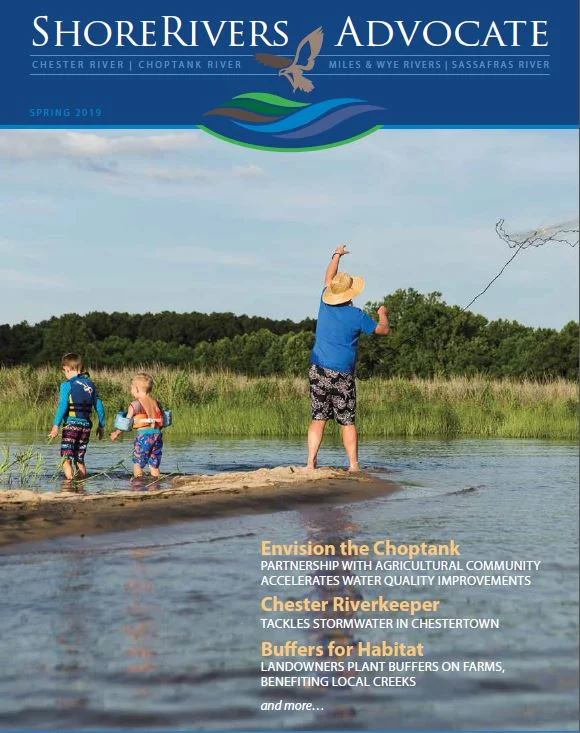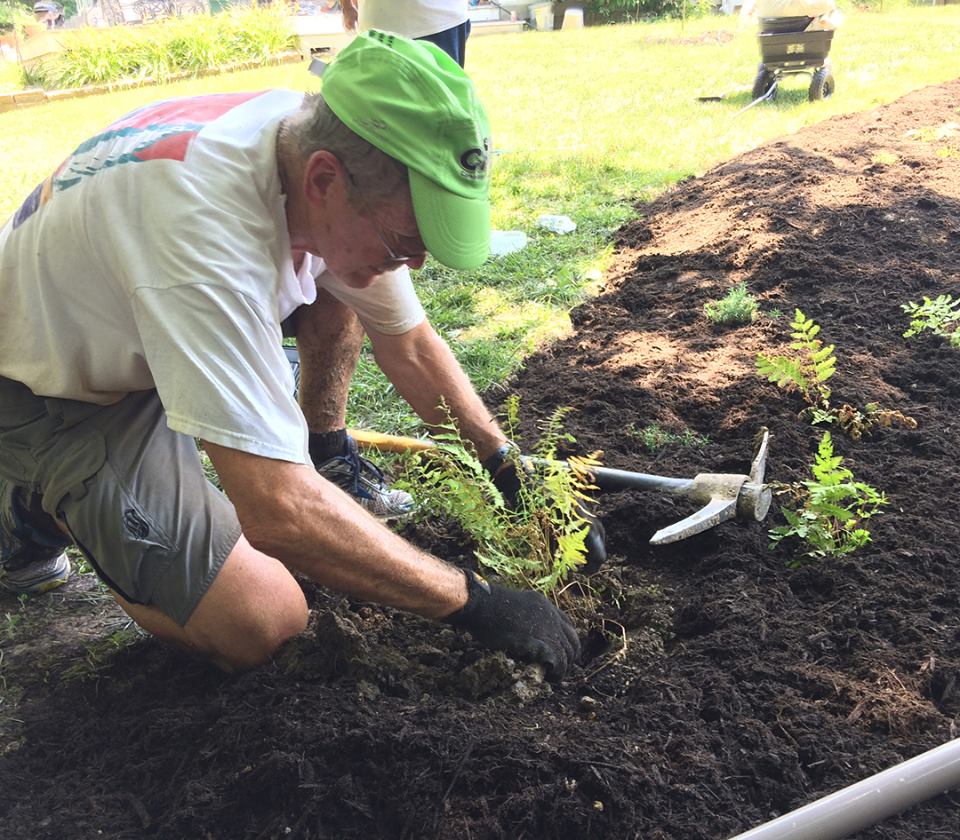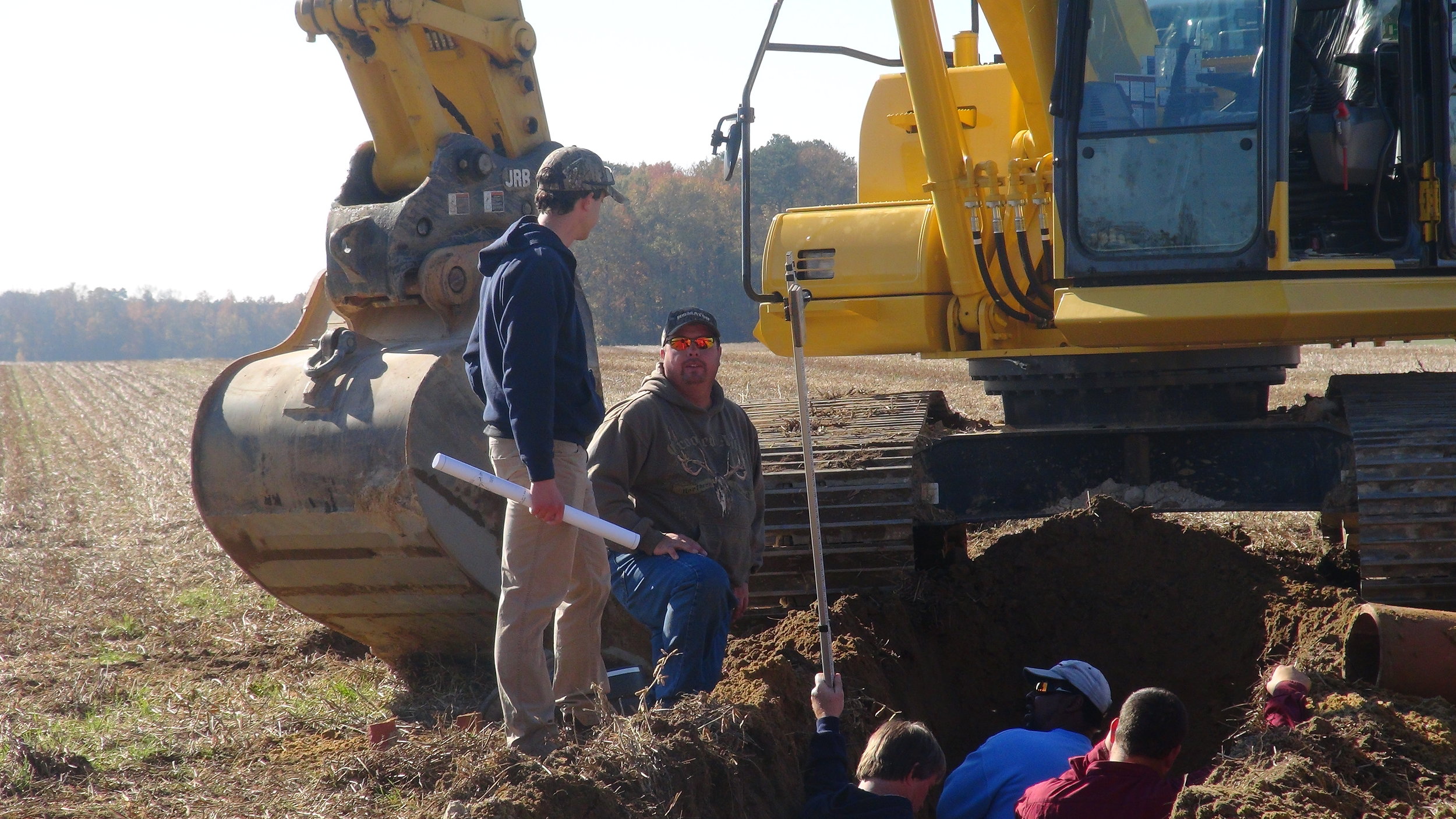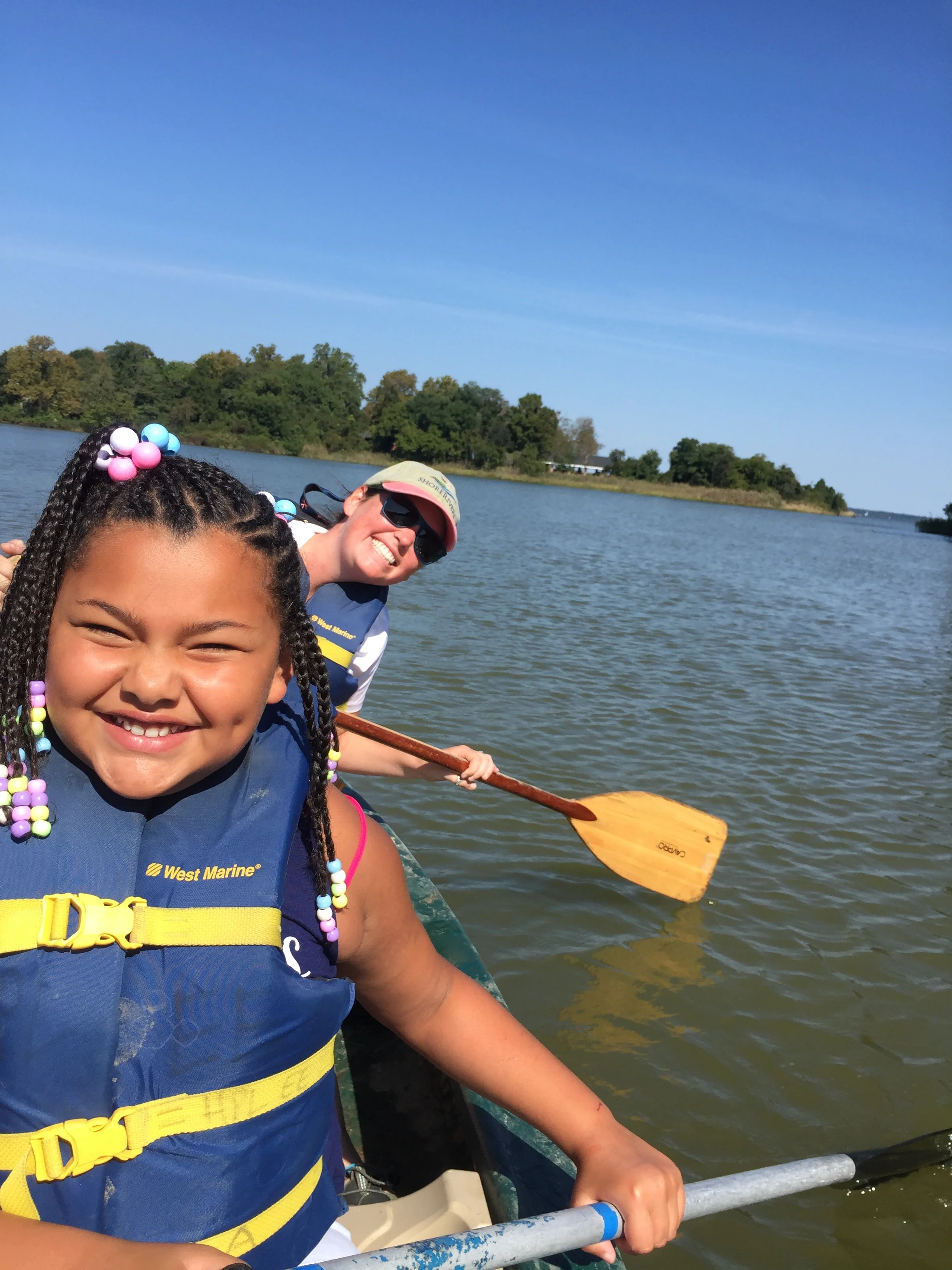An important piece of legislation is currently being considered by the Maryland General Assembly that would protect our oyster sanctuaries “in perpetuity,” giving actual meaning to the word “sanctuary,” and allowing oyster aquaculture to occur within and as a complement to protected wild oysters inside these sanctuaries. The bill is labeled House Bill 298 and Senate Bill 448 “OYSTERS-TRIBUTARY-SCALE SANCTUARIES-PROTECTION AND RESTORATION.
ShoreRivers has been working for years to advance measures to restore and protect our oyster populations. On behalf of our several thousand members, we strongly support this bill. Numerous other organizations dedicated to Chesapeake Bay restoration support this bill. ShoreRivers’ staff professionals, in fact, have been testifying in Annapolis in support of this bill. It came as quite a surprise to learn, not from our county council, but from others while testifying in Annapolis, that the Talbot County Council is trying to undermine these efforts and has written a letter to state legislators formally opposing this bill.
In the letter, the council made statements such as, “we are very concerned that the state’s focus on aquaculture in sanctuaries is being done at the expense of maintaining a viable public oyster fishery.” And, “sanctuaries have not yet proven themselves as a better restoration option than a well-managed oyster fishery.” Going further, the council wrote, “A properly maintained fishery can keep the oyster stock healthier and more vital than an unattended and unmanaged sanctuary.”
At ShoreRivers, we have been studying this issue for years. We are science-based. We find these quoted statements surprisingly uninformed, and, in our view, contrary to the science, to the welfare of our rivers, and to the views of many county residents. Moreover, to our knowledge, there was no opportunity for public input in the council’s decision to attack this bill, no public advance notice that the council was considering this issue, and no public vote by the council.
Regarding the council’s letter, first, there is no scientific basis to call our oyster fishery “well-managed, properly maintained, or viable.” It is well known that our current oyster population is less than 1% of historic levels. Since 1999, our population of adult oysters has diminished by half. Whether our state should allow the harvest of wild oysters at all is a reasonable question. No other fishery in the world that has been so decimated even permits a wild harvest. In the late 1980s, Maryland imposed a five-year moratorium on striped bass fishing, and in the 1990s, goose hunting was suspended to protect populations that were nowhere near as decimated as our oyster population.
Second, these sanctuaries are, in fact, working. Millions of taxpayer dollars have been spent by state and federal agencies, and countless efforts have been made by numerous private nonprofit organizations and concerned citizens to create and populate these sanctuaries. Two of these key sanctuaries benefit Talbot County directly, one in Harris Creek and one in the Tred Avon River. Data from Harris Creek, the first of these to be seeded, show that oyster reefs within the sanctuaries are meeting the success metrics for oyster density and biomass. A recent study by The Nature Conservancy found that restored reefs in Harris Creek are able to filter all the volume of water in the creek in less than 10 days during the summer months, and they have the potential to remove one million pounds of nitrogen over a decade. The sanctuaries have exceeded all expectations. The benefits of similar type sanctuaries to restore decimated fishery populations has been proven to be effective countless times around country and the world.
Third, to say that large tributary-scale oyster restoration will “seriously or fatally injure the industry, causing loses in both jobs and revenue” is shortsighted. A study released earlier this month by Morgan State University found that “fully mature oyster reefs in the Chesapeake would yield a 150 percent increase to blue crab harvest and an estimated $10-million increase in annual fishing revenues in the region.” Hotels, marinas, bait shops, and other marine industries in the county would surely support the added benefits from a boost in recreational fishing and tourism brought by having restored oyster reefs.
The Talbot County Council represents more than one constituent group. ShoreRivers has thousands of members, and we were never given the opportunity to have our views considered by our council. To our knowledge, other constituent groups, such as our growing aquaculture industry, were not given such an opportunity. The public at large was not given this opportunity. We find it objectionable that our council would seek to undermine this important State bill without providing its entire constituent base with the opportunity to be heard. And that it would seek to undermine it based on uninformed and misleading statements.
Robust oyster populations are essential in restoring and protecting our rivers and bay. We hope the members of our community who support real “sanctuaries” will let their views be known both to our state representatives and to the Talbot County Council.
Matt Pluta
Choptank Riverkeeper
mpluta@shorerivers.org
